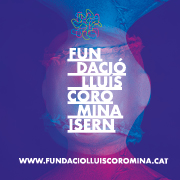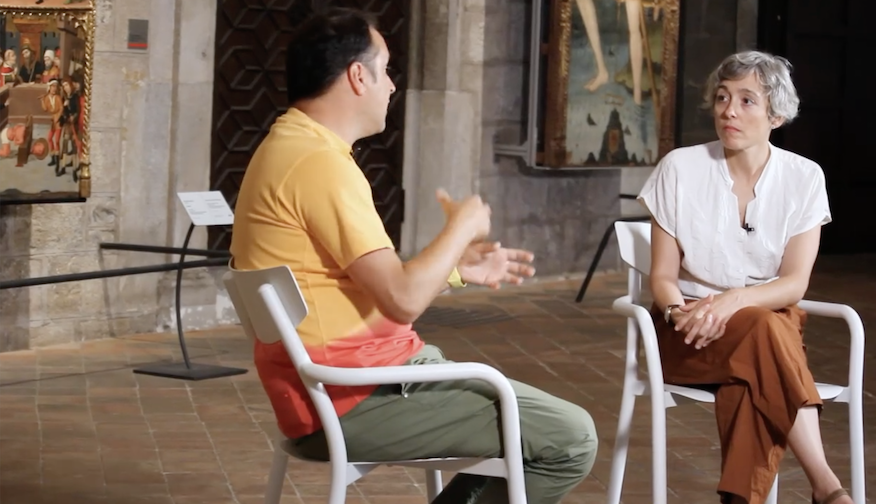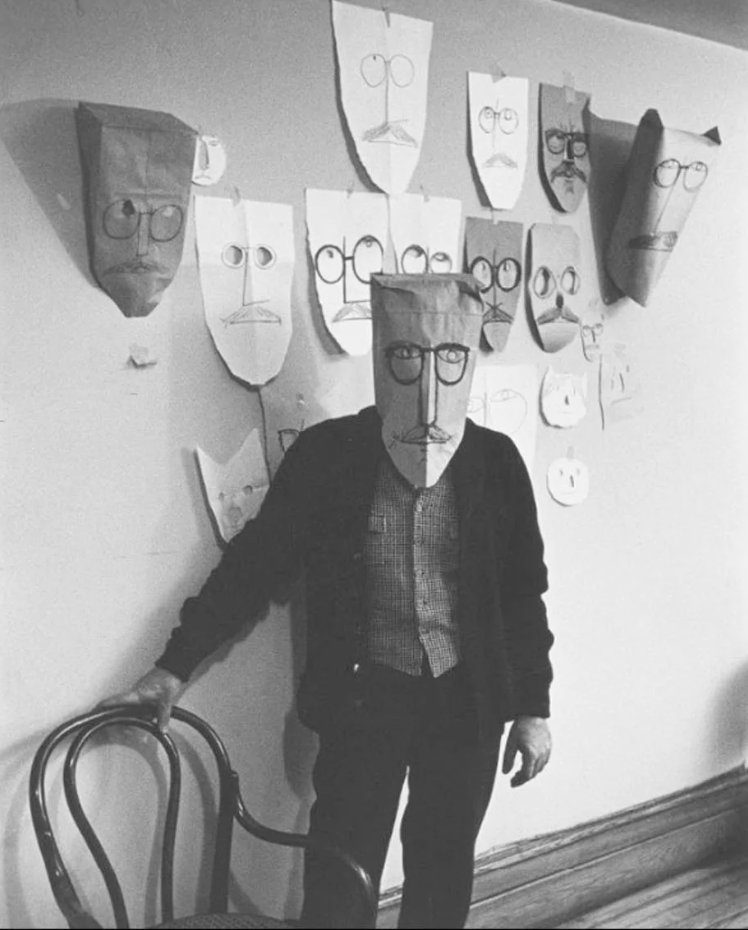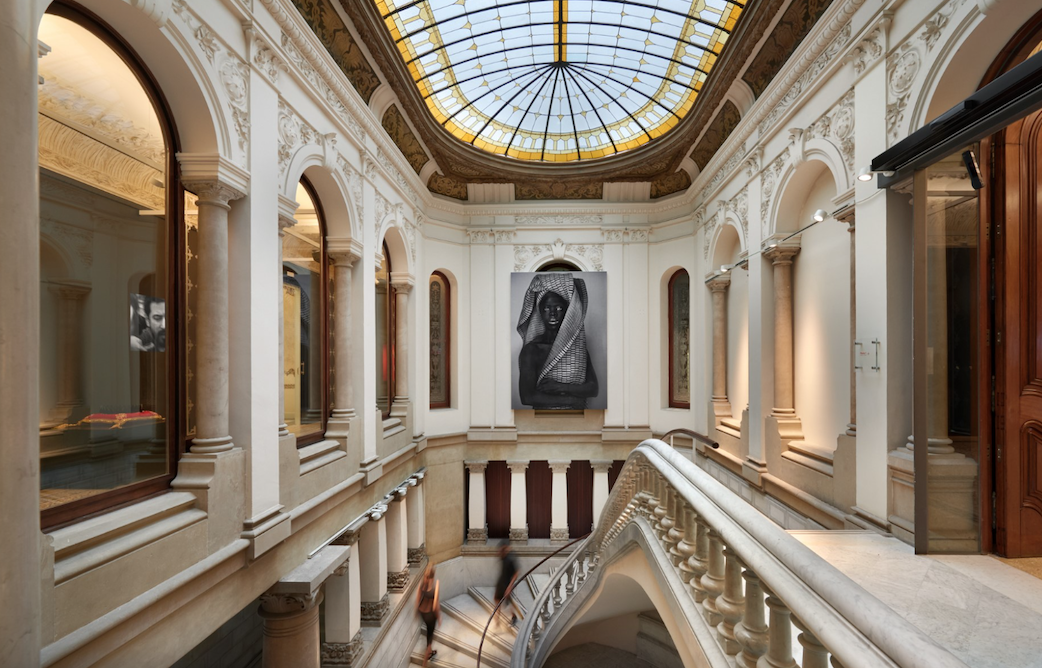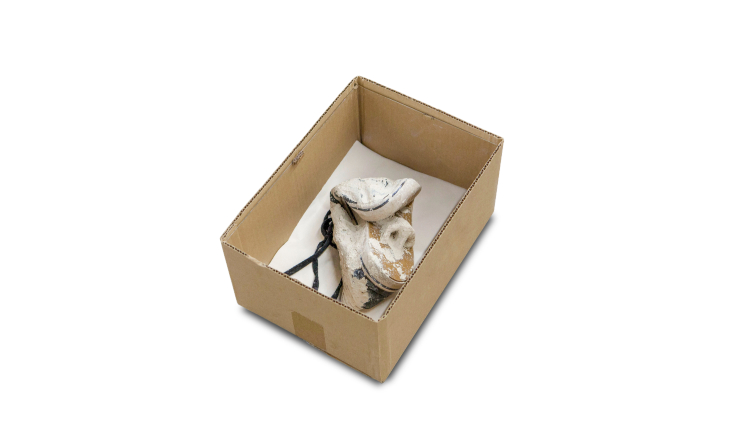Exhibitions
'Medina Campeny: A Trajectory Lived' at the Lluís Coromina Foundation
L'exposició és una oportunitat per a submergir-se en el món creatiu d'un artista excepcional i explorar com el temps i la vida es reflecteixen en la seva obra
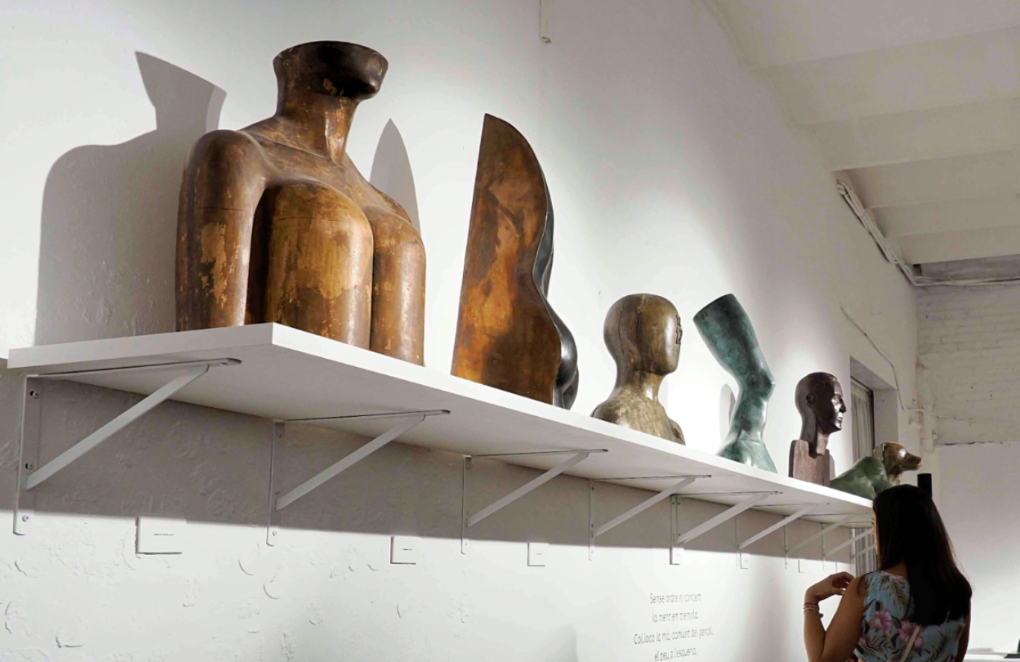
The Lluís Coromina Foundation is hosting the exhibition Medina Campeny: A Lived Trajectory until November 4 . An exceptional exhibition that dives into the life and work of Xavier Medina Campeny, a self-taught sculptor whose vocation took him on a journey full of life experiences that marked his career and his unique artistic style.
It is not just any year for Medina Campeny: he celebrates eighty years of dedication to art ; a lifetime to explain and explore. It is also the year in which the placement and inauguration of the four sculptures he has been working on since 2016 for the towers of the four evangelists of the Sagrada Fámíli will finally take place. A work that will transcend the necessarily limited time of the artist's own life.
Time is, precisely, the common thread of his latest exhibition. Curated by Ricard Planas, the exhibition covers the trajectory of a lifetime, recreated in an environment that reflects his study and highlights key moments in his life , such as the trip to Lyon right at the time of the May 1968 revolts or his stay in New York for fifteen years (1974-1988). An accumulation of experiences that the artist has not embodied in a specific, nor linear, modus operandi, since his expressiveness is born in the diversity of options.
In this exhibition, visitors will be able to explore the life and work of Medina Campeny, where what it suggests is often more important than what it represents . His approach focuses on the human body and geometry; uniquely intertwined, humanizing geometry and transforming the human body from a structurally geometric perspective. His artistic language takes shape through distortion, metamorphosis and, especially, the fragment. Absence, what is not, takes on as much importance as presence in his works, challenging the viewer to mentally reassemble the image from fragmented gestures loaded with expressive and conceptual intent. Emotions, fragility and sensuality are the protagonists of these works; extremely personal, they show the human condition and express a strong identity component on the part of the author, who aims to communicate with the viewer.


